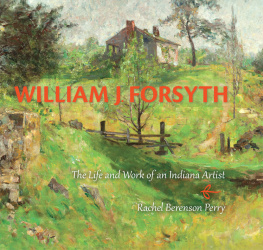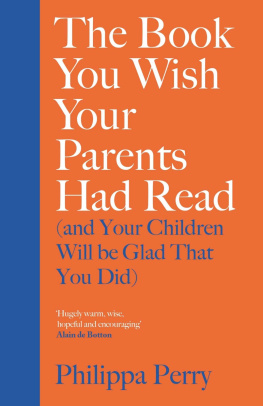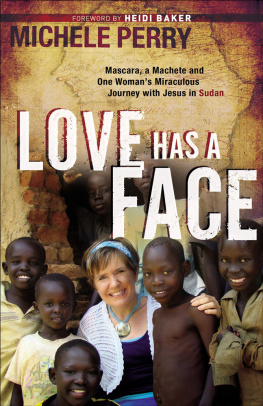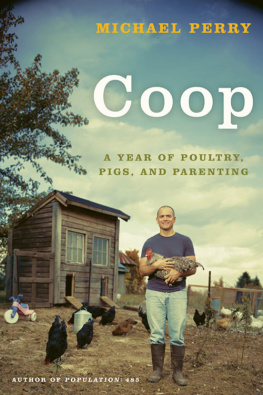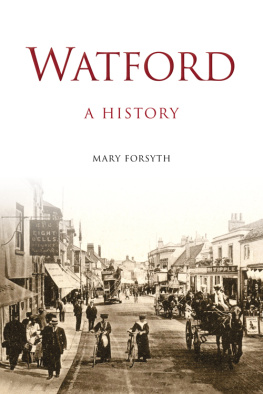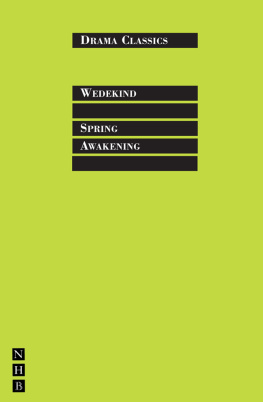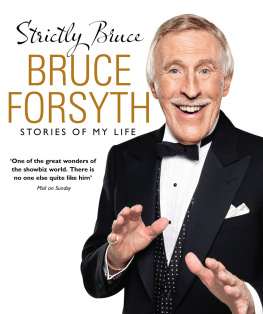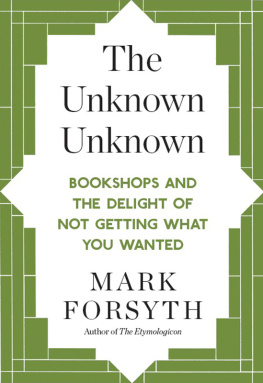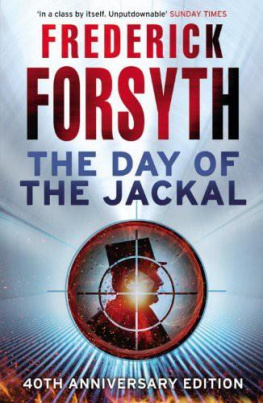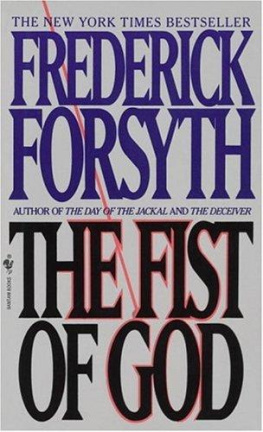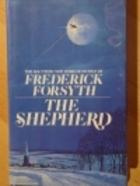ACKNOWLEDGMENTS
I 'VE WISHED TO WRITE ABOUT WILLIAM FORSYTH FOR several years. His strong and painterly artwork and spicy personality always seemed as though they would make a good read. Forsyth's granddaughter, Susan Forsyth Selby Sklar, periodically urged me to delve into the extensive archives of her grandfather's letters at the Indiana Historical Society Library. But the impetus to begin a Forsyth project came from Linda Oblack, regional editor at Indiana University Press. She encouraged a book proposal and shepherded it through the various committees and approvals to produce a contract, and William Forsyth became a presence in my life for the next twenty-four months.
Few researchers of heritage Indiana artists have the good fortune to access a plethora of primary source materials in their own backyards. In addition to his considerable body of artwork, William Forsyth left boxes of correspondence, personal writing projects, and exhibit catalogs. Even more fortuitous, Forsyth's daughter Constance and granddaughter Susan recognized the significance of his archives and spent untold hours organizing and properly storing them. Susan then donated the majority of Forsyth's material to the William Henry Smith Memorial Library at the Indiana Historical Society. In addition, a large collection of Forsyth paintings, drawings, and painted china, as well as a sculpture, were gifted to the Indiana State Museum.
The patient and accommodating staff at the Indiana Historical Society's William Henry Smith Memorial Library tolerated my presence for several months. Special thanks to Steve Haller, senior director of collections, Suzanne Hahn, director of reference services, Susan Sutton, coordinator of visual reference services, and all of the helpful reference desk and reading room staff. I owe a debt of gratitude to the Historical Society's director of publications, Ray Boomhower, for his continuous encouragement.
Other archivists and reference librarians who willingly helped find relevant material were Jennifer Pettigrew, archivist for the Mary R. Schiff Library and Archives at the Cincinnati Art Museum; Norma Sindelar, archivist at the St. Louis Art Museum Library; Michael Szajewski, Ball State University Library archivist for digital development and university records, and Bradley Johnston, access services evening supervisor; Carl Schafer, associate director of the David Owsley Museum of Art at Ball State University; and Hope Arculin, reference specialist at the Carnegie Branch Library for Local History at Boulder Public Library in Colorado. Indiana State Museum staff who endured various demands regarding digital images and painting information were Meredith McGovern, art and culture collection manager; Mark Ruschman, chief art curator; Steve Happe, photographer; Susannah Koerber, vice president of collections and interpretation; and Kara Vetter, registrar. Marsh Davis, president, and Sharon Gamble, vice president of development at Indiana Landmarks, helped locate a few of Forsyth's favorite haunts, and Steve Barnett, director of the Irvington Historical Society, was an invaluable and accommodating resource. Barbara Livesey, after a chance meeting at a Christmas party, added significant last-minute information about Thomas E. Hibben, Fred Hetherington, and the Bohe Club.
The inevitable search for appropriate images of Forsyth paintings was aided by information from my highly esteemed Hoosier Group expert, friend, and mentor, Martin Krause, curator of prints, drawings, and photographs at the Indianapolis Museum of Art. He also agreed to read the manuscript prior to submission to the Press. Numerous art collectors and galleries welcomed me into their homes and businesses and helped track down and photograph Forsyth artwork, including Jim Ross and Lisa Eckert at Eckert and Ross Fine Art, Curt Churchman at Fine Estate Art and Rugs, Dr. Andrew T. Bridge, Bruce Buchanan, Gayle Cook, Curt Churchman, Jim and Bobbi Diehl, Steve Fess, Bob and Ellie Haan, Wade Harrison II and his wife, Ann, Gene and Mary Henderson, Brad Hirst, Mark and Carmen Holeman, Ruth Ann Ingraham, Dr. James Leatherman, Lynne Mcguire and Will Miller, John Rapp, Dr. Bob Sexton, Robert and Barbara Stevens, and my project advisor and biggest fan, Randy Tucker.
The expense of producing a full color art book would have been out of reach without substantial help from generous supporters listed on the donor page. I am extremely grateful for their patronage and belief in this project.
Kendall Reeves of Spectrum Studio donated countless hours driving to various private collectors homes throughout Indiana, schlepping camera and lights to shoot paintings. Shaun Dingwerth, director of the Richmond Art Museum, provided timely assistance with requested information and images, in addition to his sympathetic ear throughout the project's development. And Judy Newton opened her research files and willingly discussed strategy, as she has for previous projects.
While writing this book, I was simultaneously crafting an essay about Indiana University professor emeritus and artist Barry Gealt. Some authors say that, when writing fiction, you can pretend that your protagonist is sitting in a chair across from you and then interview him to discover what he's thinking. Augmenting my inferences from Forsyth's letters were Gealt's answers to my questions, which taught me much about the dedication required to live the life of an artist, as well as the relationships built between a good teacher and his students. In some important ways, these insights aided my understanding of William Forsyth.
Indianapolis historian and writer George Hanlin kindly accompanied me on a research trip to Austin, Texas, to meet with Susan Forsyth Selby Sklar and peruse any remaining archives as well as paintings by William Forsyth, Constance Forsyth, and Susan's father, Robert Selby. We also took a quick trip to the home of Katrina Remaily, in Hammondsport, New York, to view archival material and paintings by her grandfather, Clifton Wheeler. George's savvy research and computer skills are always much appreciated.
Finally, those closest in my personal life who've given unconditional love and moral support have been Kris Iltis; Mike and Ellen Hayes; David Buchanan; my brother, David J. Perry; Kentucky art history writers Warren and Julie Payne; Paul Kane, whose gritty efforts and articulate writing convey the reality of an artist's life; Jane Mitchell, who regularly encouraged outdoor walks away from my computer; and Bill Weaver, whose empathy and crucial Photoshop repairs made everything doable.
APPENDIX: FORSYTH PAINTINGS EXHIBITED BEFORE 1937
Author's Note: This list of exhibited paintings includes all of the information I could find from exhibit catalogs. Annual shows at the H. Lieber Company, Indiana State Fair, public schools, and the Artists Club are not included, due to inconsistent or nonexistent catalog listings. When provided, distinctions between oil paintings and watercolors (wc) are indicated, and paintings illustrated in exhibit catalogs are also noted.
1885 Royal Academy of Art, Munich, Germany, Exhibition of Student Works, summer
Kathie (bronze medal)
1885 Art Association of Indianapolis, Ye Hoosier Colony in Mnich, English's Hall, Indianapolis, April
#1 A Bauer Study Head (owned by T. E. Hibben)
#2 Monk (owned by T. E. Hibben)
#3 Old Woman (owned by T. E. Hibben)
#4 Study Head (owned by T. E. Hibben)
#5 CanalBurgau (owned by T. E. Hibben)
#6 Morning in the Kalmuck Valley (owned by T. E. Hibben)
#7 A Burgau Study (owned by T. E. Hibben)
#8 Spring (owned by T. E. Hibben)
#9 Meadow (owned by T. E. Hibben)
#10 Evening (owned by T. E. Hibben)
#11 Near Munich

